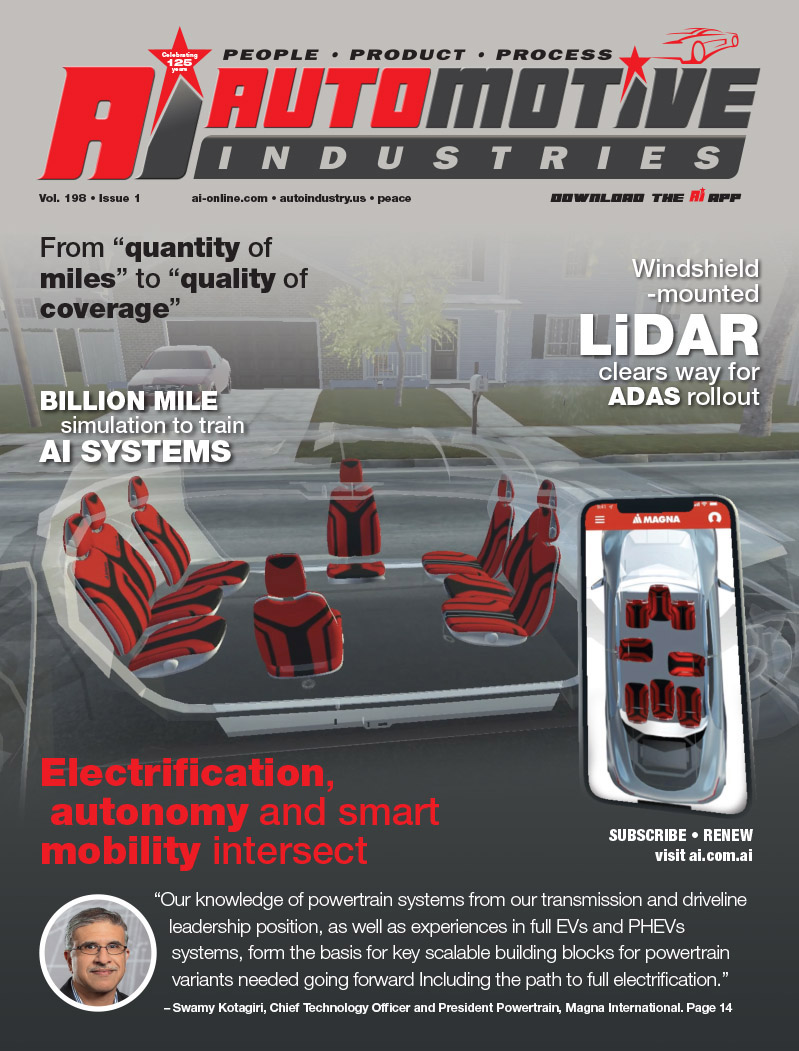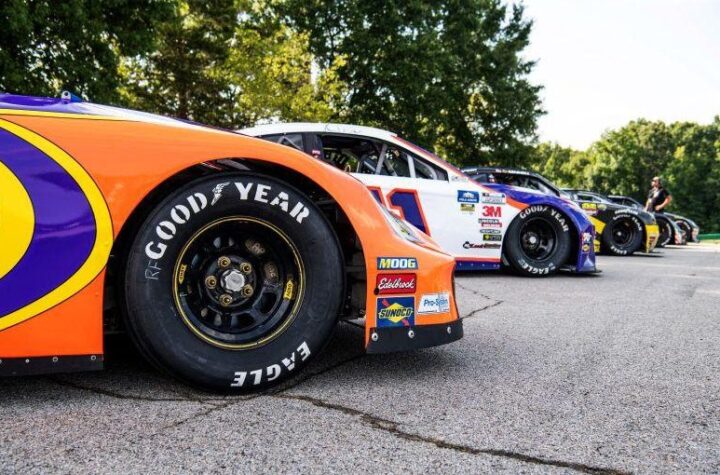
Every year the great and good of the telecoms industry hotfoot it to Barcelona for Mobile World Congress, the annual talk shop for all things mobile. This year the most prominent trend was connected cars.
Over the past three years, the Mobile World Congress tradeshow has become more and more of a showpiece for new connected devices, including connected cars. Two years ago Bill Ford made a keynote speech. This year there were dozens of connected cars on display. And this isn’t all just pie-in-the-sky ideas about a futuristic world of driverless cars. This was also about proper mature commercial relationships between the telecoms industry and automotive OEMs. Spanish telecoms giant Telefonica was keen to show off its new relationship with Tesla, an OEM for which embedded connectivity is part of the DNA.
Ford also chose the show to announce the launch of its EcoSport range of vehicles. It was also keen to demonstrate its LIDAR units, which create and update a 3D image of the vehicle’s surroundings. It was also notable that the industry seems on collective tenterhooks about exactly what Google and Apple’s role might be in this next frontier. Major connected car announcements have not been limited to Mobile World Congress. US carrier AT&T was keen to talk up the launch of its “Drive Studio†facility in Atlanta at the CES show in Las Vegas in January. At the rival CeBIT technology conference in Hannover in March, Vodafone announced that it had secured a contract with VW and Audi for vehicles in Europe from 2015.
In March 2014 Machina Research undertook a study for Vodafone, which found that BMW, GMC, Ford, Audi and Chrysler were the most “connected†OEMs, with a special mention also for Tesla. The focus of these manufacturers on providing embedded connectivity is illustrative that they see it increasingly as a differentiator. As illustrated by Mobile World Congress, the mobile and the automotive world are starting to cross over. Sometimes this causes challenges, because the two sectors have radically different attitudes to product development roadmaps, third party developers, and customer relationships. However, the connected car is coming and OEMs need to ask themselves if they want to be amongst the most, or the least, connected











More Stories
Automotive Industries (AI) Newsletter April 2025
GlobalLogic Pioneering Software-Defined Vehicles, AI Innovation, and Sustainable Solutions for the Future of Automotive Mobility
Cybord TCI – The Future of Manufacturing Integrity